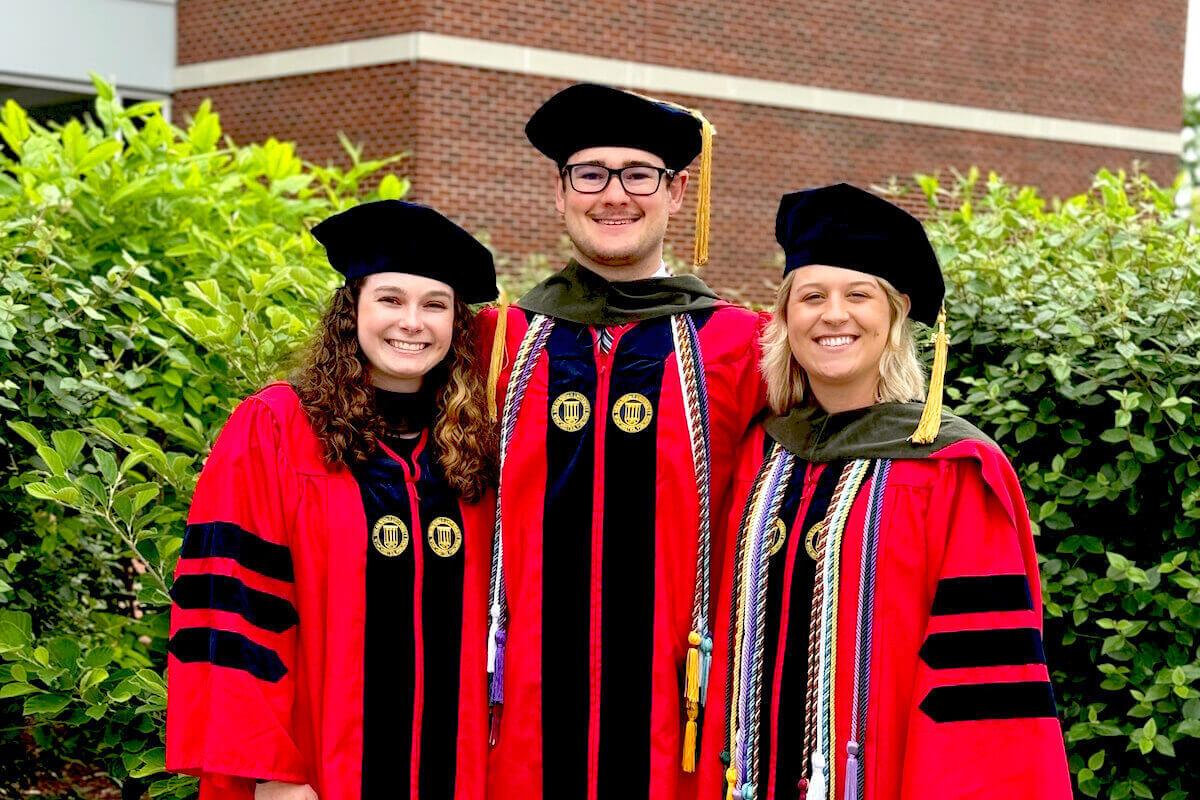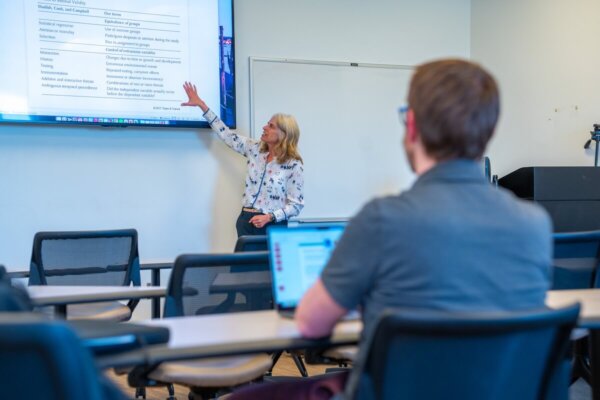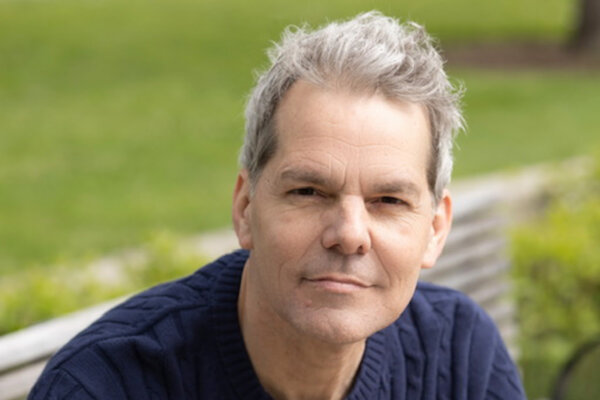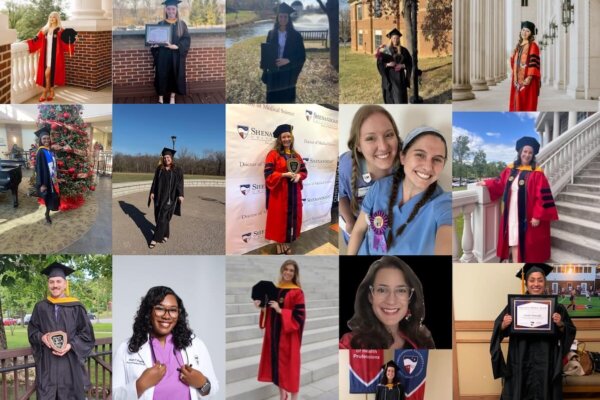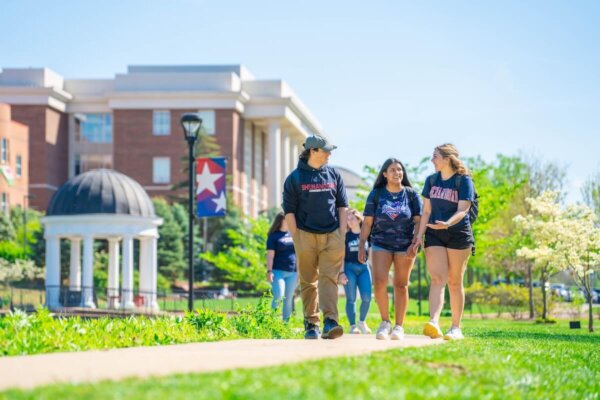Lessons in Education From Finland
Shenandoah Students Bring Home Insights From Top Educational System
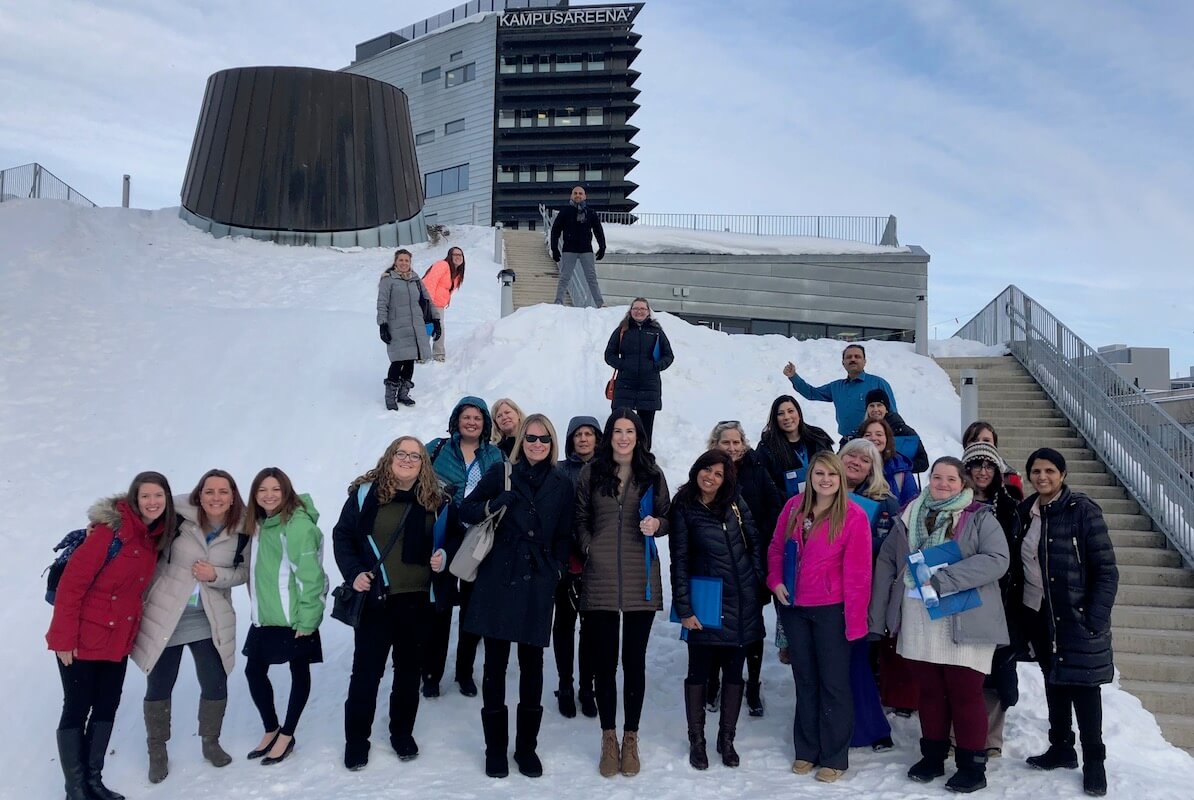
Over spring break, three faculty members from Shenandoah University’s School of Education & Leadership (SEL) took 19 doctoral, master’s and undergraduate students to Finland to study what is acknowledged as the world’s best educational system for students in kindergarten through 12th grade.
An Invaluable Learning Opportunity
“I wanted to go to Finland because they have consistently been ranked at the No. 1 spot in K-12 education for the past several years,” said Associate Professor of Curriculum & Instruction Karrin Lukacs, Ph.D., one of the leaders of the trip. “What I gleaned from the trip is that, while there are many things that the U.S. could implement (free lunches for everyone, no-cost schools from preschool to university, no textbooks), our school systems are actually not that different – the buildings look the same, the kids look the same, etc. Where the difference lies is in society’s willingness to allocate resources and enact policies that put the welfare and education of its youngest citizens first.”
“Without a doubt, this was a monumental trip for me,” said Joan Hovatter ’94, a doctoral student and principal of Garland R. Quarles Elementary School in Winchester, Virginia. “It was humbling to see a country using logic, not litigation, to work through issues. In addition, children are valued in Finland and are more important than the country’s gross national product amount, adult income levels, or political world power – all Finnish children are valued and taken care of, no matter their parents’ combined incomes.”
Trusted Teachers
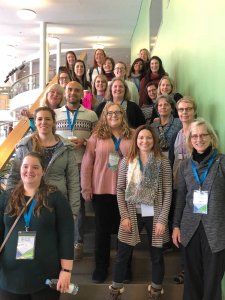
“I had the sense in Finland that people are viewed as the country’s greatest resource,” said another trip leader, Associate Professor and Chair of Leadership Studies Catherine Shiffman, Ph.D. “Finland invests heavily in the education and well-being of students and educators from early childhood through post-secondary education. Trust was also a dominant theme. We repeatedly heard Finnish educators speak of high levels of trust and autonomy among students, teachers and families. Imagine what can be accomplished when high levels of trust are present!”
Melanie Nunes, a foreign language teacher and doctoral student, said the biggest difference between American and Finnish education comes down to how teachers are viewed. “They are highly qualified and highly respected, and society treats them as highly qualified professionals. They are regarded as researchers and have full autonomy over their schedule and in the classroom.”
“Finns have figured out the value of hiring quality individuals and giving them both time and autonomy to do their best work,” said doctoral student Kimberly Jackson, who teaches math at Riverside High School in Loudoun County. “They laugh that American teachers can’t even use the bathroom regularly, and they are right. Their culture is one that takes school and learning seriously. They believe in both the importance of rigor and the inherent ability of all students to succeed. That is a powerful combination!”
More Play Contributes To Quality Class Time
“Finnish children attend school on a sliding scale so that elementary students attend for about 20 hours/week, middle schoolers attend for about 25 and high schoolers attend for about 30,” added Dr. Lukacs.
“Working and studying long hours doesn’t necessarily equate to excellence,” Dr. Shiffman noted. “Finnish children study and teachers work fewer hours than their counterparts in the U.S., yet Finnish children outperform students from most countries on international assessments. This makes me wonder how we might use time differently for teaching and learning.”
Finnish students play more than their American counterparts, too, and which Hovatter has taken to heart and introduced to the teachers at Quarles. “Children learn lessons in compulsory Finnish grades one through nine in 45 minutes, followed by a 15-minute break,” Hovatter said. “During the 15-minute break, students have the ability to socialize and play together all day long; 45-15 makes good sense.” Doctoral student Tina McPherson, a public librarian in Prince William County, Virginia, said she has implemented the 45-15 schedule for the programming she oversees.
Students in Finland are highly multilingual as well. “By the time they are in sixth grade, Finnish students learn their fourth language,” Nunes said. “A third of their weekly instructional hours are dedicated to the foreign languages they learn simultaneously.” After seeing the Finnish system in action, Nunes said she is confident that seventh-graders can learn foreign languages well, and she intends to incorporate more “brain breaks” into her classes.
Another huge difference between Finnish and American schools, said Lukacs, “is the complete lack of any standardized testing – the one exception being in 12th grade as students are leaving high school.”
However, the U.S. and Finnish systems weren’t always so different. “It was insightful to recognize that the Finnish education system is similar to the one the U.S. had prior to the change to the primary focus on assessment and test taking,” McPherson noted. “For example, the U.S. education system used to offer vocational classes and more recess time for students in kindergarten through 12th grade. Having both the academic and vocational paths for students is more inclusive, since not all students are interested in the academic track.”
Utilizing Finnish Educational Philosophy
Along with working to incorporate more playtime into the school day, the trip inspired the Shenandoah students and trip leaders in other ways. “Because of this trip, I want to create more Project-Based Learning (PBL) activities,” Jackson said. “Finnish 10th-graders spend seven weeks working on weekly PBLs (they call it Phenomenon-Based Learning). They practice over and over again how to work in a team, plan a project, execute steps, deal with mistakes and present your ideas.”
“I plan to further research Finnish approaches to educational policy, leadership and family-school-community relations,” Dr. Shiffman said. “I hope to identify lessons for U.S. schools, districts and our leadership preparation programs here at Shenandoah. Having witnessed firsthand the enthusiasm and curiosity of SEL students to learn about other educational systems, I would like to work with my colleagues to plan more international visits. Some of the greatest benefits of international visits are the new ideas and energy we bring home to our own work and communities.”
“What I took from the trip was to make the difference within your sphere of influence,” said one of the trip’s organizers, Assistant Professor of Leadership Studies Lisa Pluska, Ed.D. “There is a lot that we will not change in the near future about how education is viewed in the U.S., but there is a lot we can do for students and teachers as individuals. Individuals become groups when they are working together. Shenandoah University can make the difference.”
